Fact: a bottle of Champagne pops open every 2 seconds somewhere around the world.
If you’re like me, that fact conjures up a bevy of celebration images; people clinking glasses at weddings, Bat Mitzvahs, graduations, anniversaries, cheering career promotions, expanding families or new adventures. But the reality is that in France, Champagne isn’t merely reserved for momentous occasions nor is it only suitable pre and post-mealtime. This is something I came to fully understand on my recent trip to the Champagne-Ardenne region (now known as the Grand Est region, which also includes Alsace and Lorraine) where I was on assignment for Atout France last month. In fact, awareness around champagne (it pairs well with food! It’s complex!) and its aging process is still rather weak. I had a lot of ground to cover in four days but I do believe I came away with a new appreciation for Champagne the drink, and Champagne the historical and cultural destination, thanks to pairings, tastings and tours, both through the vines and through cities like Reims, Epernay, and Troyes.
I’ve included a few of my sleep / eat / see recommendations at the end of this post but I would first like to highlight four of the things I gleaned from this experience that I hope will entice you to make it a mandatory stop on your France itineraries, even if you’re the teetotaling type.
What bling?
What goes with celebration? A bit of glitz and glam. And while I knew otherwise, I nonetheless half-expected to see a region full of bling or an aura of affluence. It’s true that many Champagne producers do very well for themselves and there is wealth in the region but it by no means exudes an exaggerated Aristocratic lilt. Where there are vines, there are hardworking hands (and comme harvest season in September, a whopping 120,000 of them maneuver with alacrity: manual picking is compulsory in Champagne, a practice upheld since it was established in the 18th century) and a profound respect for the local terroir and the historic savoir-faire. Any element of bling falls on the drinker’s comportement and environment.
Beyond Bubbles
For history lovers and curious travelers, there is a plethora of stories and sights to uncover in the region. In Reims, Hautvillers and Troyes, medieval and gothic vestiges pepper the cities and draw in crowds.
Then there is the relevance of Reims within the context of the World Wars. As I stood before the Notre Dame cathedral, which has been undergoing renovations for years, it took a bit of an imaginative leap to imagine it pummeled with some 300 shells and 80% of the city razed around it. Part of the reason the architecture in Reims is so mixed is due to reconstruction following the end of World War II – which is why you’ll see a number of Art Deco structures, like the Halles du Boulingrin, an impressive covered market.
I was very impressed with the guided tour I received from the Reims Tourism office and highly recommend signing up for one to get a full historical overview that is bound to shape your outlook on the city. The same is true for Troyes and Hautvillers whose religious relics are equally as important to their history as the Champagne production nearby.
As for the culinary arts, Reims boasts the country’s most Michelin-starred restaurants, such as double-starred Le Parc Les Crayères and triple-starred L’Assiette Champenoise. And for more budget-friendly options, the Halles du Boulingrin is brimming with local specialities like Chaource cheese, jambon de Reims, and rose biscuits. Nearby, a divine selection of pastries and pralines from Pascal Caffet’s namesake patisserie (he’s earned the covetable accolade of Meilleur Ouvrier de France, celebrating the nation’s finest artisans) await.
A 45-minute drive from Reims, in the heart of the Côte des Blancs, is the hilltop village of Avize, where three Michelin-starred chef Anne-Sophie Pic’s former protégé Stéphane Rossillon cooks market-driven dishes that rotate daily at Les Avisés, a charming restaurant with rooms (good to know if the evening drags on and you’ve had a few too many glasses). My lunch at Les Avises was my favorite meal of my trip.
And every December, thousands of French gourmands descend on Épernay (a 40-minute drive south from Reims) for the annual Habits des Saveurs food festival, where Champagne’s leading chefs join forces with a champagne house or producer for an unforgettable pairing of gastronomic bites and top cuvées.
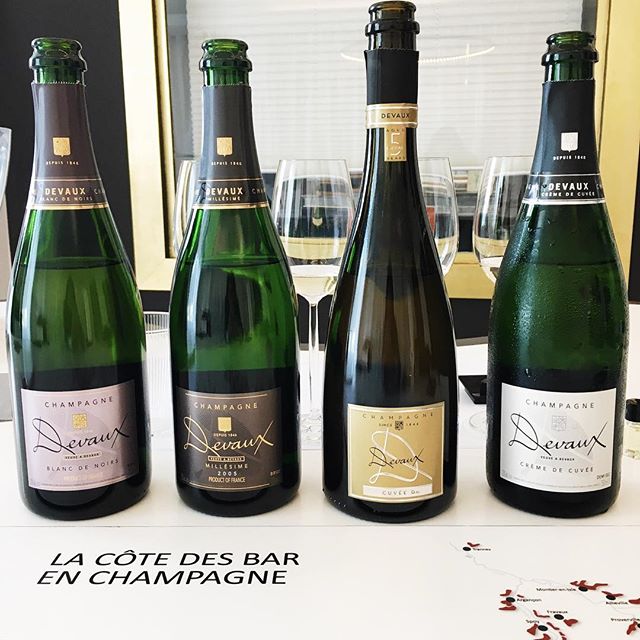
Visit the lesser-known Champagne houses and independent producers
Some of the best known houses, from Moet et Chandon to Pommery and Veuve Clicquot, represent around 75% of the Champagne purchased around the world and offer well-liked tours of their production facilities (most do not have their own vines but rather buy grapes from growers — récoltants/manipulants — with their own hectares of vines). But to get a deeper sense for the versatility of the wine, how it is produced, who is behind the production, and how the ancient traditions are kept alive, it’s wise to seek out some of the smaller or lesser known houses and independent producers.
My first visit was to Lanson, a Grande Maison and the 6th oldest Champagne house (dates back to 1760). They are the only house to offer a full experience from vine to glass, with a stop in the 1.5 hectares they oversee at their headquarters (separate from the independent growers they work with) and a glimpse into every stage of the transformation process – from fermentation to aging and bottling. This ended with a rather long tasting that can be customized to the number and types of wines you’d like to try (but definitely try a rosé – Lanson was among the first to develop it!). Advanced booking for this tour is required.
The largest independent producer I visited was H. Goutorbe, a family-run operation in the Grand Cru village of Ay, 3km fro, Epernay. They own 22 hectares and a small but efficient production facility that allows them to produce 180,000 bottles per year. Rene Goutorbe, one of the owners, presented me with a bottle from 1985, my birth year, that I could take home with me as a memento from the experience. He gave me something so much greater than Champagne – a real connection to his craft! And I can’t wait to pop it open (I was debating about opening it for my birthday two weeks ago but decided it will be my celebratory beverage when my book is released!).
From there, I took a buggy ride through the vines with Festi’Vallee, based in Festigny, which was both eye-opening given how close we were able to get to the vines and higher altitudes, and sensational — it wasn’t unlike a roller coaster in terms of thrills! That experience finished with a Champagne tasting of the owner’s wife’s Champagne, produced locally.
Each experience had its merits – and I’d like to go back to visit the larger houses à la Ruinart, Moet or Pommery to compare — and each brought me closer to a sparkling product that is truly unrivaled (sorry, Prosecco!).
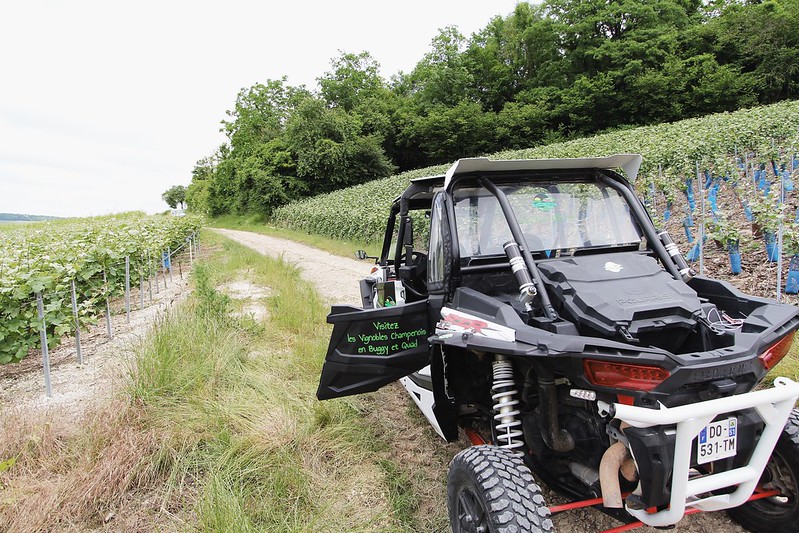
Get outside!
On my next trip, I know what outdoorsy activities I’ll be planning:
-A visit to Les Faux de Verzy in the Parc Naturel Régional de la Montagne de Reims and its Perching Bar – as the name suggests, it’s a Champagne bar perched in the trees.
– A boat ride on the Marne river aboard the Champagne Vallée
– A visit to the Natural Park Fôret d’Orient near Troyes to see its great lakes
It’s easy to get to from Paris (but you can also bypass the capital altogether)
If you’re flying into Charles de Gaulle airport, you don’t need to pass through Paris if you’re headed to Champagne. From the airport, you can pick up a 30 minute TGV train that takes you directly to the Champagne-Ardenne station, located about 5 minutes by train outside of Reims (you can also connect from Paris Gare de l’Est to this station or directly to Reims or Troyes). Once in Reims, you can do quite a bit of sight-seeing by foot but to fully explore the region will require a car (plus, how else will you transport all those bottles you’ll be picking up?).
Another advantage of the region, versus oenological visits in other wine-producing areas of France like Bordeaux or Bourgogne, is that most Champagne houses are in the center or close to the center of Reims, Epernay and other towns which means you can cover more ground and visit a wider range of producers.
What are your favorites in Champagne?
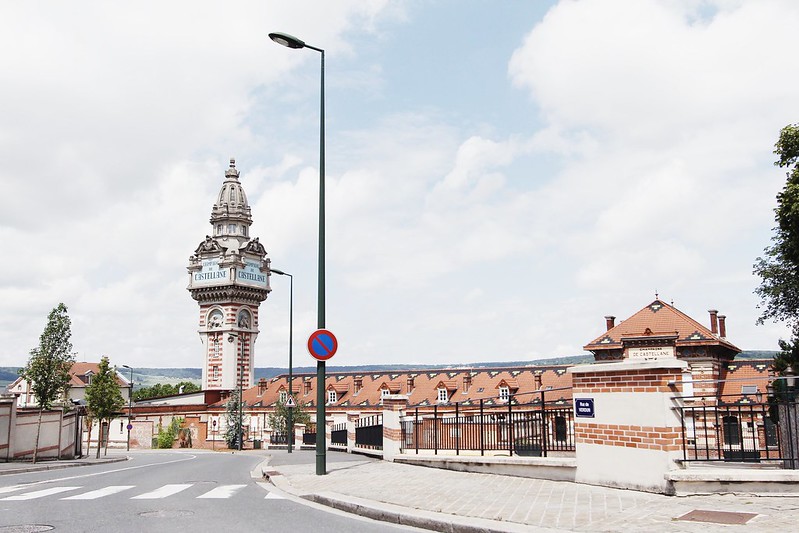
SLEEP:
Hotel Les Avisés
Les Crayères
Hotel de La Paix
Le Champ des Oiseaux
Hotel Castel Jeanson
Parva Domus Guest Lodges
EAT:
Cafe du Palais, Reims
Les Crayères
L’Assiette Champenois
Les Avisés
Pascal Caffet, chocolatier/pâtissier
DRINK/VISIT:
Lanson
Goutorbe
Deveaux (co-opp) with market cooking and pairing or Champagne/chocolate pairing
Au 36 in Hautvillers
Duval-Leroy
Some of these tips were featured in my piece for Stylist Magazine, seen here. For more photos, visit my Flickr page and Instagram account!






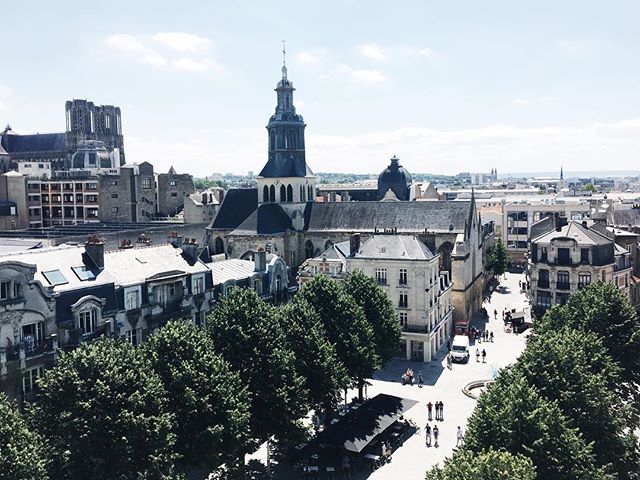

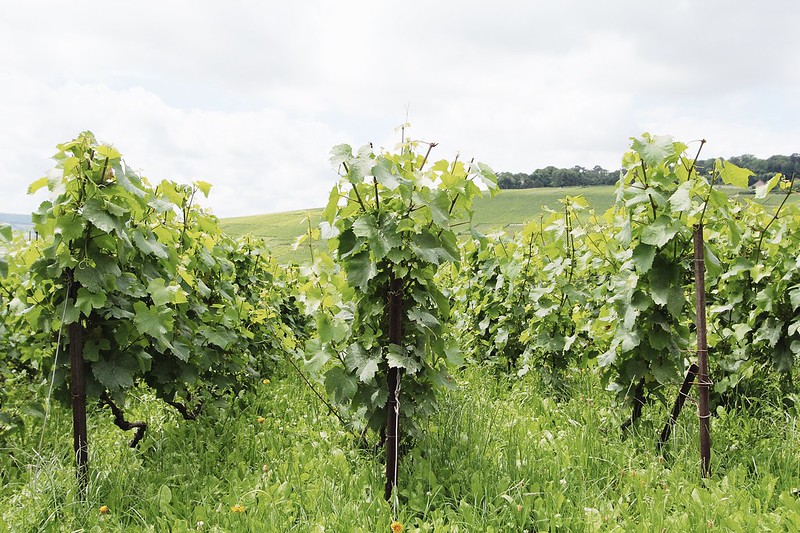



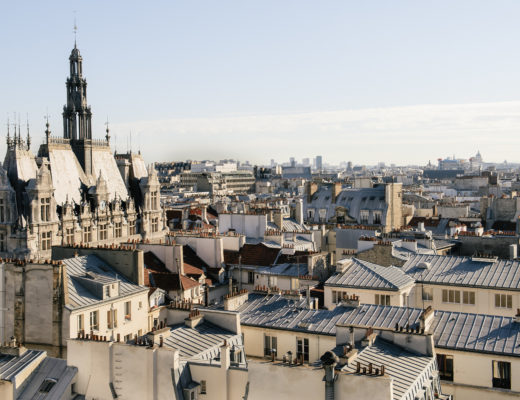
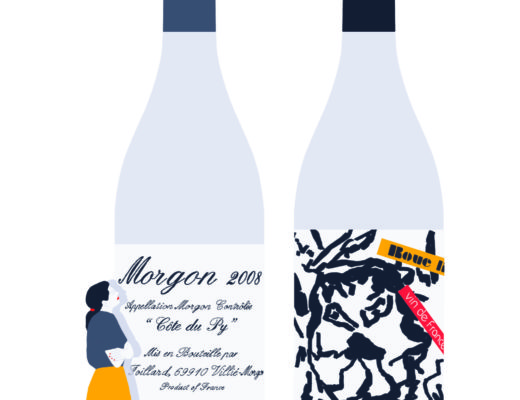
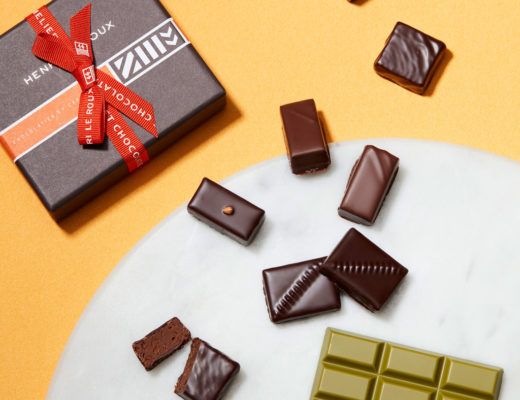
nice view